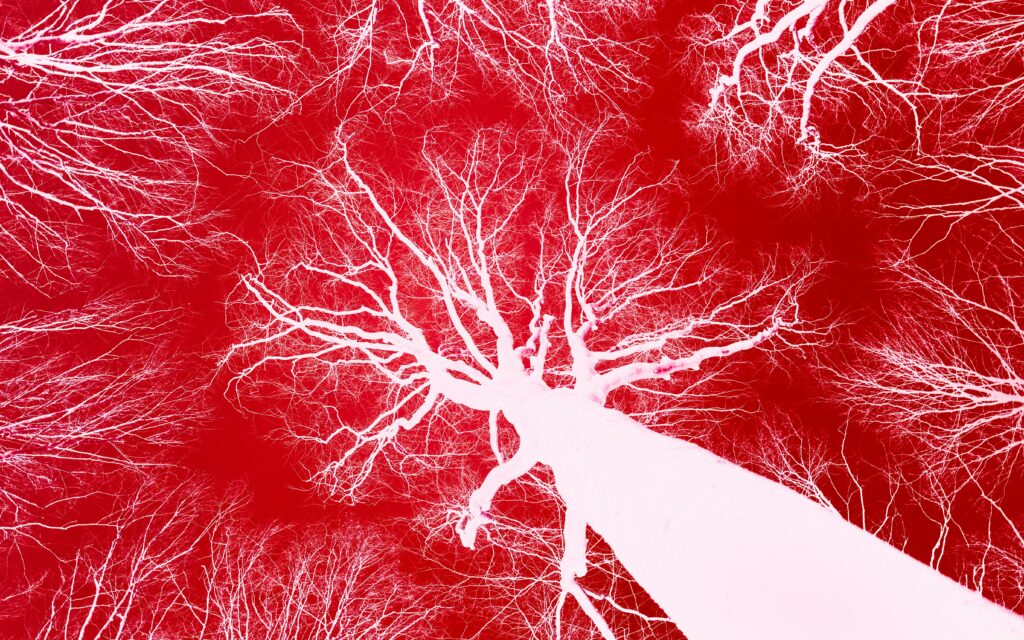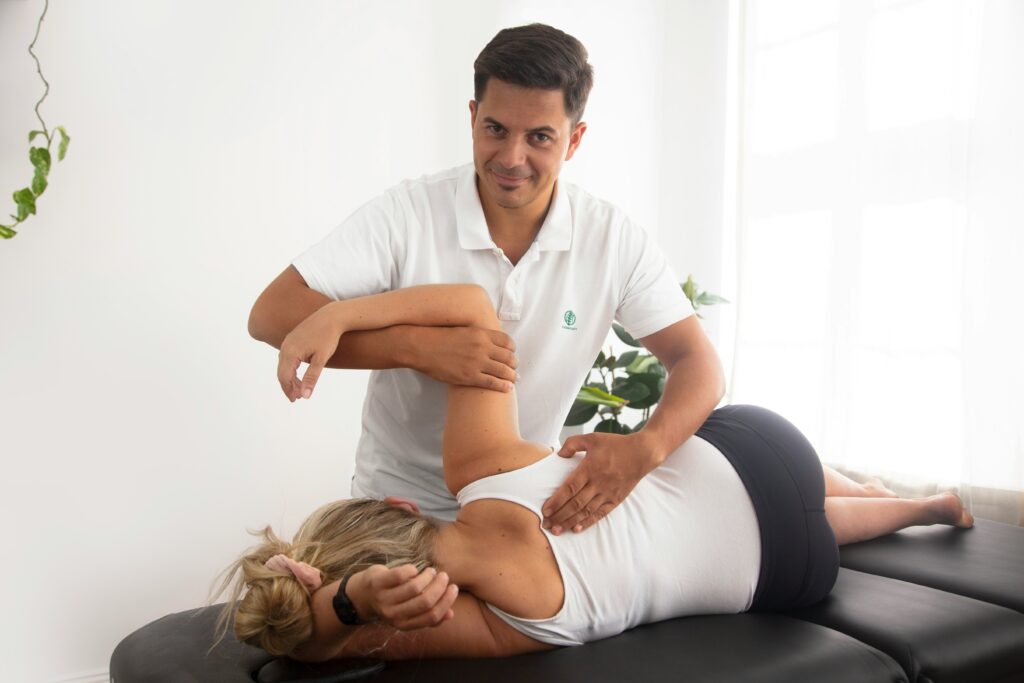How 3D Body Scanning Enhances Workout Recovery and Performance

When considering any athlete’s best fitness and recovery, precision and consistency matter. While wearable trackers and recovery apps have become common tools, 3D or whole body scanning is emerging as one of the most powerful technologies to support post-workout recovery. This technology offers athletes, personal trainers, and wellness professionals a data-rich view of the body’s transformation, imbalances, and specific recovery needs.
What is 3D Body Scanning?
3D body scanning uses advanced optical or infrared sensors to create a full digital model of your body. The scan captures detailed measurements including posture, symmetry, body fat distribution, and muscle mass percentages. Unlike traditional tools like tape measures or calipers, 3D scanners offer accurate and repeatable data within seconds, without physical contact.
Why 3D Body Scanning Matters for Recovery
1. Identifying Muscle Imbalances
After intense training, recovery is fundamentally about restoring symmetry and function. 3D scans can detect slight differences in shoulder height, hip alignment, or leg girth that indicate muscular imbalances. These asymmetries, if ignored, can lead to injuries or chronic pain.
By identifying these differences early, coaches and physiotherapists can tailor recovery programs to address specific weaknesses or overused areas, improving both function and recovery time.
2. Tracking Inflammation and Swelling
Some 3D scanners now offer volumetric analysis, allowing users to monitor swelling after injury or intense sessions. For example, if one knee appears more swollen after a squat workout, the data can be used to adjust volume or focus on rehabilitation exercises.
This real-time feedback is especially valuable for rehab settings, post-surgical recovery, or chronic inflammation monitoring.
3. Supporting Customized Recovery Plans
Because 3D scans give a holistic picture of body composition, including fat mass, lean mass, and segmental measurements, trainers can better personalize recovery protocols. If the scan reveals low lean mass in one leg, unilateral training paired with proper recovery nutrition might be recommended.
This helps eliminate guesswork and improves adherence to recovery strategies that actually work for the individual.
4. Monitoring Progress and Recovery Cycles
Athletes often push through training without realizing how much recovery is needed. With consistent 3D scans, they can visually compare body changes over time, which is especially important during recovery from overtraining or injury.
These insights help athletes recognize when to scale back intensity or when they’re ready to safely return to peak performance.
5. Motivation and Accountability
For many fitness enthusiasts, seeing real progress is a huge motivator. 3D body scans provide clear visual data showing improved symmetry, reduced fat, or muscle development. After incorporating recovery methods like yoga, massage, or nutrition protocols, visible improvements can validate the effort.
Having objective markers of success improves motivation and helps users stay committed to both workouts and proper recovery.
How 3D Body Scanning Works in Practice
- Step 1: Stand on the platform or in a booth (depending on the scanner)
- Step 2: Rotate slowly or remain still while sensors capture body data
- Step 3: Receive a full-body digital image and in-depth metrics
- Step 4: Compare previous scans to monitor improvements, detect issues, or adjust recovery protocols
3D scanning tools like Styku, Fit3D, and Naked Labs use infrared sensors or photogrammetry to capture your body in a full 360-degree model. The scan process usually takes less than a minute, is completely non-invasive, and generates dozens of data points including:
- Body circumferences (waist, hips, thighs, arms)
- Posture alignment
- Lean mass vs. fat mass percentages
- Body volume distribution
- Balance between left and right sides
Most systems come with software that helps you compare scans over time, track improvements, and even predict future changes based on current trends.
Who Can Benefit From 3D Scanning for Recovery?
- Athletes: To monitor readiness and prevent overtraining
- Post-rehab clients: To track swelling and structural changes
- Trainers and coaches: To design more effective recovery and deload weeks
- Fitness clients: To visually track the impact of recovery practices like sleep, nutrition, and massage
Now many 3D scan systems are available in fitness studios, sports clinics, and wellness centers, it’s more accessible than ever before.
Tips for Using 3D Scans to Enhance Recovery
- Scan consistently: Every 4 to 6 weeks gives a good snapshot of progress
- Pair it with action: Use scan insights to guide stretching, rehab, or deload weeks
- Consult with a pro: Trainers or physical therapists can interpret your scans more fully
- Focus on balance: Prioritize correcting imbalances as much as gaining strength
The Future of Fitness Recovery is Visual
Recovery is no longer a passive process. With tools like 3D scanning, individuals can actively track how their body responds to different routines, sleep patterns, and recovery strategies. This makes recovery more personalized, more efficient, and more empowering.
The bottom line? 3D scanning helps you listen to your body in ways you never could before and offers a new level of clarity in your recovery journey.
For more cutting-edge information on amping up your workout recovery, please visit Recovery Essentials Hub.


